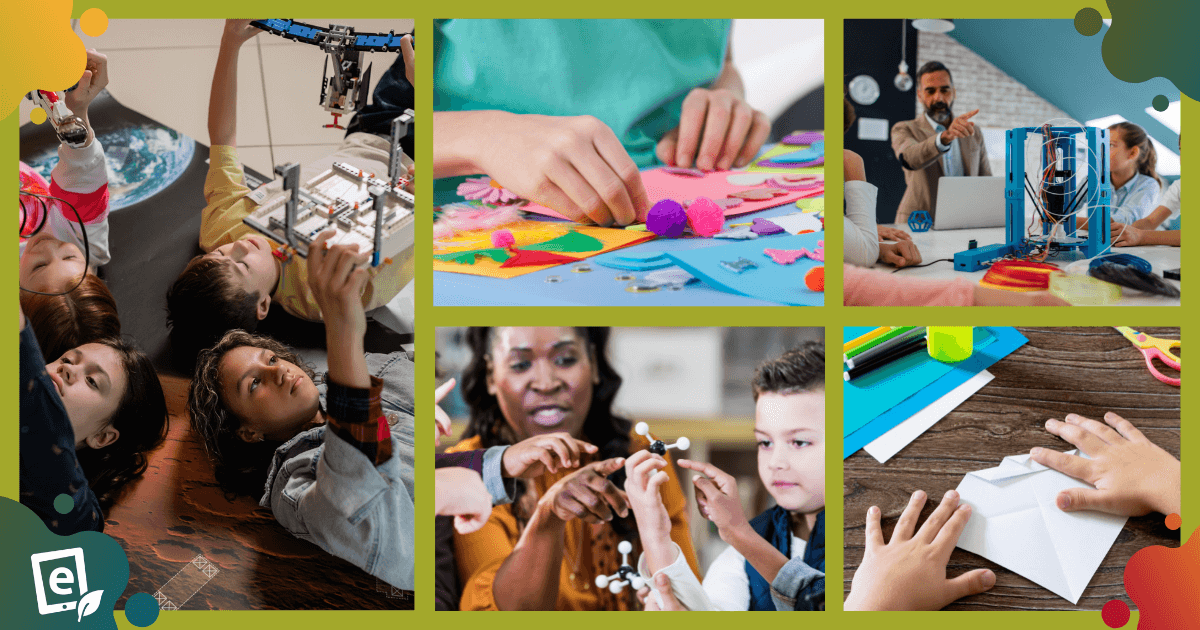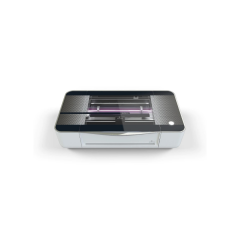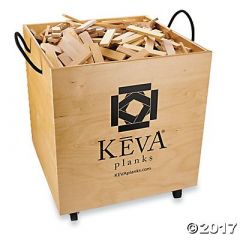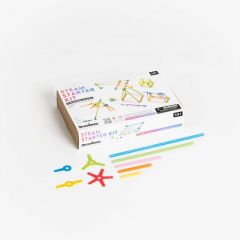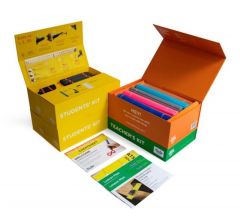So much goes into school makerspace design but, once that's complete, educators need to provide kids with the right supplies. Like we often say, there's no right or wrong way to introduce your students to either maker education or digital fabrication but there are so many potential options. Even when it comes to your makerspace supply list, that depends heavily on your goals and your students' interests. You could go the high-tech route with laser printers or 3D printers for beginners or simply stick to your low-tech stuff, like cardboard, paper towel rolls, tape, glue, and all those things. So, let's get into some of the most important items teachers need for a makerspace.
Elementary Makerspace Equipment List
You might regularly read this but different makerspaces will feature different learning and building materials. That's just a fact. Since makerspaces are found all throughout the K-12 grades (and even into colleges), an elementary makerspace will likely look a lot different than one you might see in a high school. Typically, this is the time for students to design and experiment with those low-tech items. Fortunately, so many common items are beneficial in an elementary school makerspace. You have building materials, like LEGOs or other blocks, simple tools, like cardboard and duct tape, or some of the slightly fancier ones, like ribbon, fabrics, and bright colored tape.
Upcycling in elementary makerspace projects.
Makerspace learning is all about finding a way to make something purposeful out of available resources. In the maker world, the term 'upcycling' refers to taking an old material—anything from metal to cotton—then repurposing it into something useful rather than throwing it out or recycling it. Upcycling is among the most popular and impactful maker education projects and a perfect concept to introduce in elementary school. Since recycling initiatives likely already exist in your school, it could tie in perfectly. Kids can keep their eye out for any items that they could repurpose—containers, plastic bottles, paper towel rolls, and more—and turn them into new tools, like trays, organizers, or vases.
Working in more powerful maker tools.
In addition to cardboard, duct tape, and Scotch tape, other top maker materials and supplies include craft tools, like scissors, rulers, markers, pencils, pipe cleaners, feathers, and clothes pins. There's also fabrics, as we mentioned, which help students personalize their best maker projects or create simple works of art. They can use all different types of fabric, felt, ribbon, lace, denim, and so many more. Also, if you can get LEGOs or similar building materials, they're perfect for maker-centered learning in elementary school. Not only can students practice engineering, they're compatible with other STEM tools, like the Edison Robot and SAM Labs bundles. Finally, for more technical tools, the 3Doodler Start, Bare Conductive Electric Paint, and KEVA Planks kits are great for elementary students.
Common Makerspace Materials for New Programs
If you have researched maker learning or seen educators share successes, you might already have a vision for your space. That doesn't mean you have to stick to it unconditionally, however, as, oftentimes, some of the best makerspace experiences are those that evolve and help kids embrace key attitudes and passions of the Maker Movement. You may also be familiar with using a lot of the materials we discussed in the first section. Those are great for educators who are just starting a school makerspace but, over time, adding in new experiences is also ideal. Particularly in new makerspaces, high-tech equipment is likely to be limited. So, it may be best—depending on grade levels—to focus on creativity, design, and collaboration at first.
Low-tech makerspace materials.
When focusing on low-tech makerspace projects, there still often is some sort of technology involved. For example, students may be designing an interactive project that gets its power from some source. In these cases, however, most of the hands-on learning could also involve low-tech, common school supplies and library products. We see this a lot with students in school makerspaces. It's the perfect example of when STEM becomes STEAM as they take a core piece of their project to serve as the focal point but then go on to design everything else around it. It is also a great opportunity to take ownership in the makerspace and truly personalize designs with their creative touch.
Building a foundation for the future.
When learning to make impactful projects, students will often start out small—and at a young age. Some common makerspace supplies include things like construction paper, origami paper, cardboard, scissors, glue, clay, textiles, and sewing materials. Once they reach middle school, however, that list often typically grows. Even with these getting-started materials, there's still so much potential for creativity. These initial experiences really help students learn what maker programs encompass and with getting accustomed to makerspace safety rules. Plus, it helps educators ease them in while still leading meaningful projects.
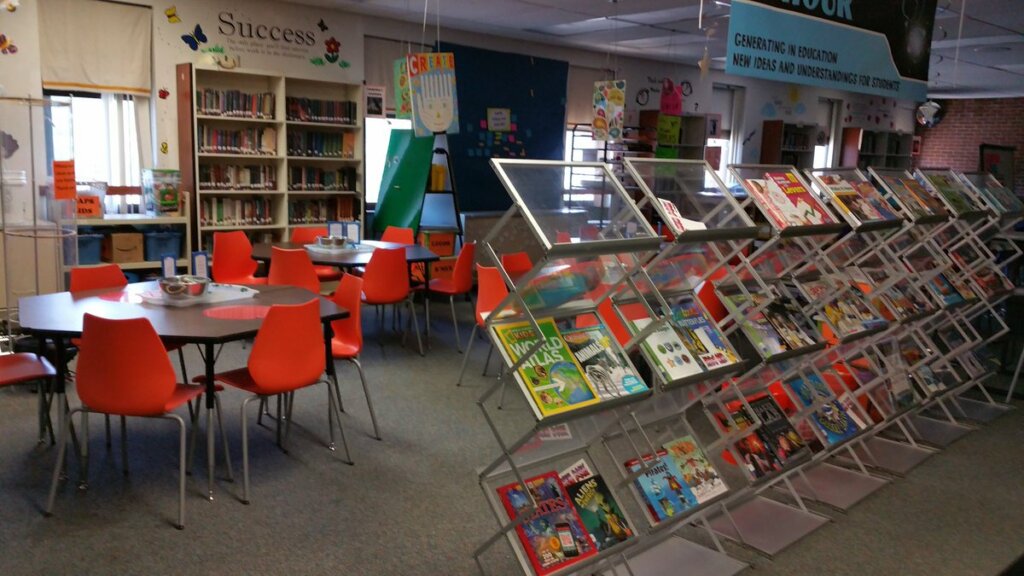
Middle School Must-Haves for Maker Ed
Once students reach middle school, they are ready for more STEAM opportunities. Particularly for students with elementary makerspace experiences, middle school could be a perfect time to entrust them with more tools, building supplies, and design materials. A lot of the time, middle school makerspace activities are different from elementary makerspace projects. Students are much more curious, more capable, and more competent by this age, leading to the desire for more exploration. So, in a middle school makerspace, you might need some additional tables or desks or large whiteboards for prototyping. You may also want some reliable computers or laptops for students to use in designing the ultimate makerspace project.
Starting with non-tech maker tools.
Middle school making is often a much more collaborative experience for students. They tend to be more outgoing by this age and collectively sharing and working through project ideas helps them in developing additional soft skills, like communication and critical thinking. It's also a perfect opportunity to incorporate whiteboards in school makerspaces—allowing children to come together and map out designs. In a perfect world, try getting a whiteboard with wheels, which you could add to your library supplies as well. Then, of course, students may also want some hands-on STEM equipment. So, in the middle school grades, some of the best hands-on options are the Strawbees STEAM kits, 3Doodler Create+ pen, and Snap Circuits Electronics Discovery Kit.
Considering makerspace furniture and storage.
It can be overlooked, especially with the initial excitement, but makerspace furniture is also important. We wouldn't necessarily recommend prioritizing things like unique chairs and huge tables but, if your budgets allow for it, these items could help facilitate collaboration and provide students with a comfortable place to work. There's also makerspace storage to consider. Students use a ton of different supplies—from arts and crafts materials to electronics and circuitry components. It's important—especially in middle school—to try to keep makerspaces organized and, going back to the first section, upcycling some plastic containers can provide the perfect opportunity to fashion a makeshift makerspace storage cart.
Creative Middle School Makerspace Projects
Since kids are a bit more skilled and independent in middle school, finding makerspace project ideas isn't as difficult. The only challenging aspect might be narrowing down the huge range of possibilities. Teachers could choose to let them develop their own projects or provide them with specific supplies. This way, they could all try making their own versions of a specific project or use those same supplies to see what they'll come up with. Either way, they're challenged to use a finite number of materials in constructing something meaningful. As always, many of these core materials should be simplistic, like glue, paper, popsicle sticks, rubber bands, and so on.
Makerspace projects in the community.
Keep in mind that some makerspace projects could take more than a few hours. Depending largely on your makerspace structure, this may mean students need a few days, a few weeks, or time after school. There's also the possibility that some projects take longer than that. When students fully embrace a maker mindset and begin looking for authentic ways in which they could impact the community, they might need extensive time to conceive, design, build, rebuild, and perfect certain projects. There's absolutely nothing wrong with this and it's perfect for introducing the design process with a project they care about.
Combining MakerEd with coding.
With middle school students, there's also opportunities to incorporate other STEM tools. Their makerspace experiences can center on design to start and then shift to the more technical side with coding projects, for example. What do we mean by that? Well, so much of coding education comes back to kids programming educational robots. What do students program them to do? Oftentimes, they're programming the robot's movements and effects, making it so that it finds its way through a course. To tie in the key maker element, they could first spend time collectively designing a larger course for their robots—the Dash Robot, Marty Robot, or Finch Robot 2.0 would be perfect options. This unlocks plenty of chances for creating and to then incorporate coding to get the bot through.
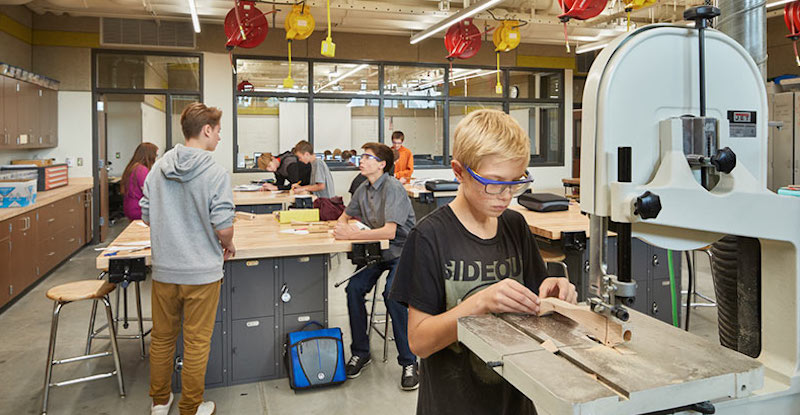
Creating a High School Makerspace
As we move into the high school years, school makerspaces have the potential to be incredibly impactful. Ideally, school leaders could fill these spaces with all the latest maker equipment—and, trust us, there's so much. In reality, however, they'll likely need to narrow down the makerspace tools they'll be able to get for students. As we know, high schools will typically have more students than elementary and middle schools, which means they have wider ranges of hobbies and potential career interests. Some kids may want to try 3D printing, others might want to explore laser cutting, and some might want to build their own robots. All these are very valid and that might mean school leaders have to make decisions about what to include.
Technology grants for maker equipment.
We're also not naive when it comes to school makerspace budgets. Outfitting a makerspace with the latest in manufacturing technology and design tools isn't always possible—especially on the heels of designing a space, adding furniture, and acquiring some of the basic tools, like computers and crafting supplies. Since many high school and CTE students are inspired by the latest innovations and might, in fact, need practice with more technical tools to prepare them for their future, it often makes sense to provide some higher-end makerspace solutions for them. One option for doing so is applying for a makerspace grant. They are not always huge amounts of money (though some of them can potentially cover the entire expense of creating a makerspace) but they can at least help you get some technology in the door.
The little elements make a big impact.
Tying in project-based learning and community involvement are also key components within high school making. Even more so than middle school students, high schoolers can typically realize the importance of giving back—especially as it connects to the main tenets of the Maker Movement. Flexibility in high school makerspaces is also crucial. It's amazing when students are empowered to connect simplistic concepts to high-powered solutions when using a creative design approach. It's one thing to generate ideas for various potential solutions but the feeling of empowerment they have when transferring those internal hopes to the real world is very gratifying. And, it's all made possible with everyday makerspace supplies. If you need any input on designing a makerspace or enhancing your current space, feel free to contact our team.
For the latest EdTech, STEM, and 21st century education news, follow us on Twitter and Instagram. Like us on Facebook, too, or sign up for our newsletter for our latest product announcements and offerings. If you have an idea for an Eduporium Weekly theme, send us a message on social media or comment below.



